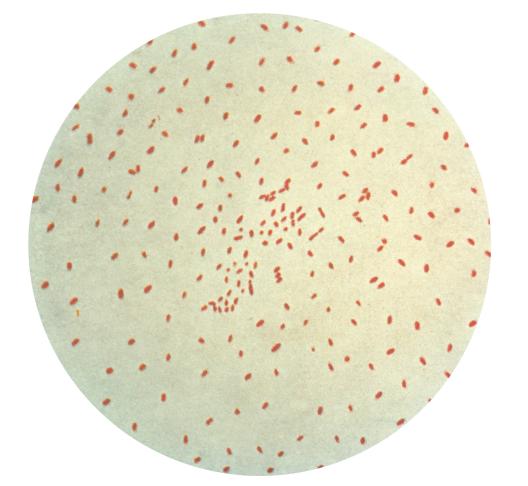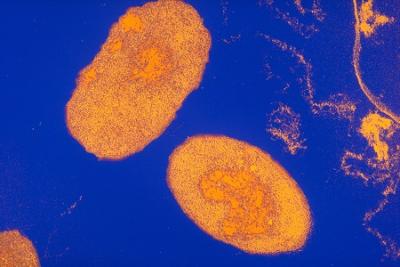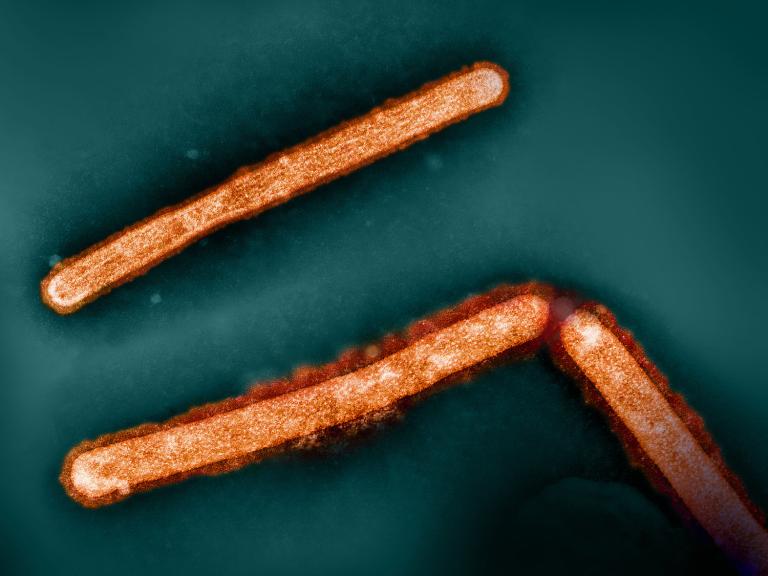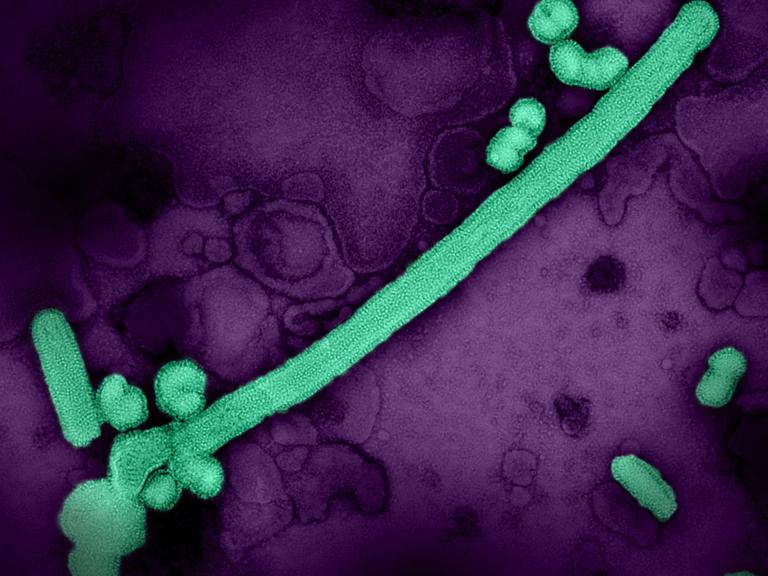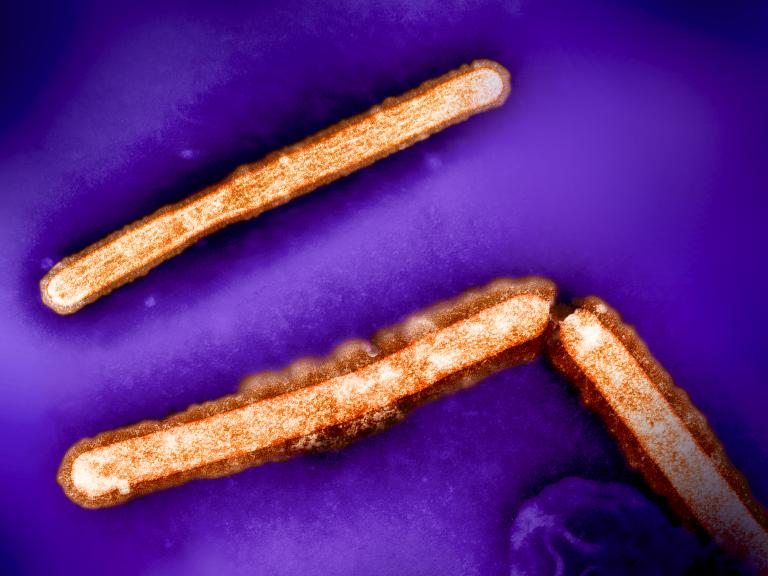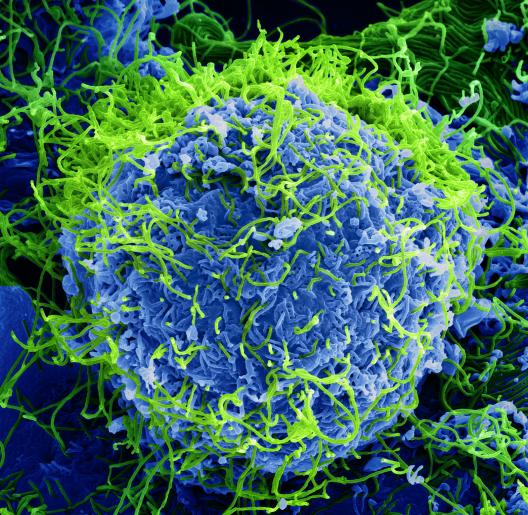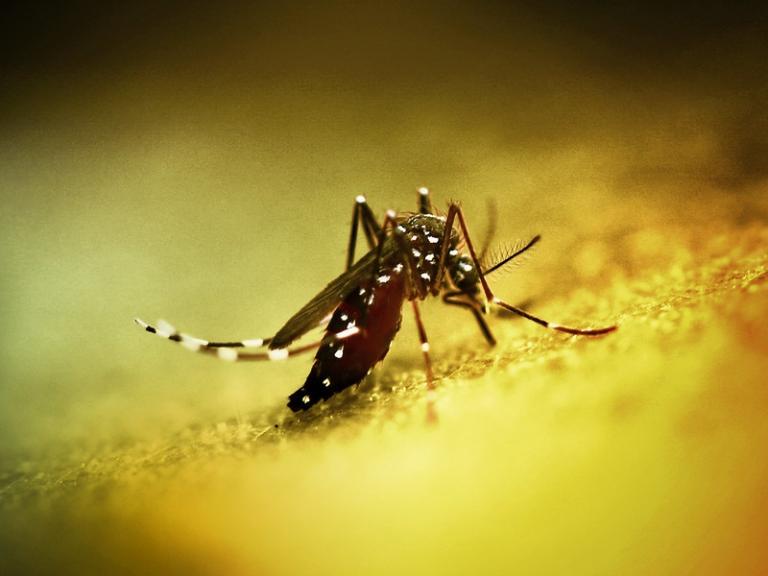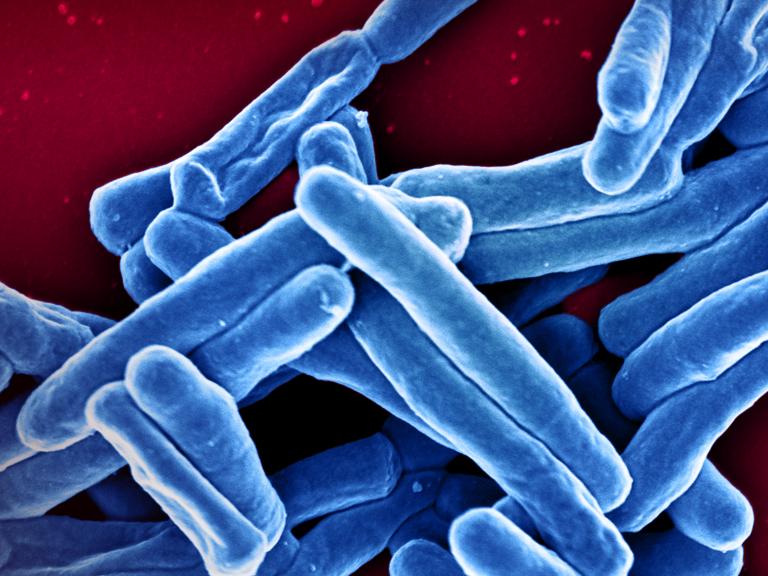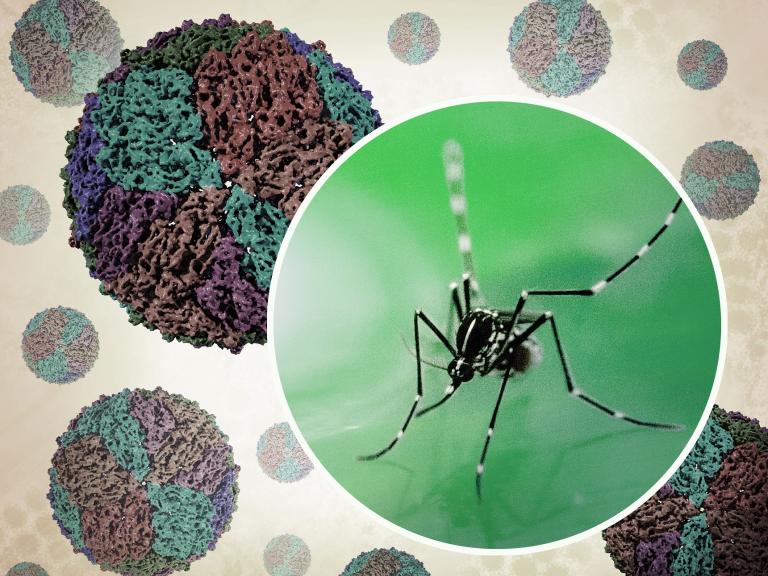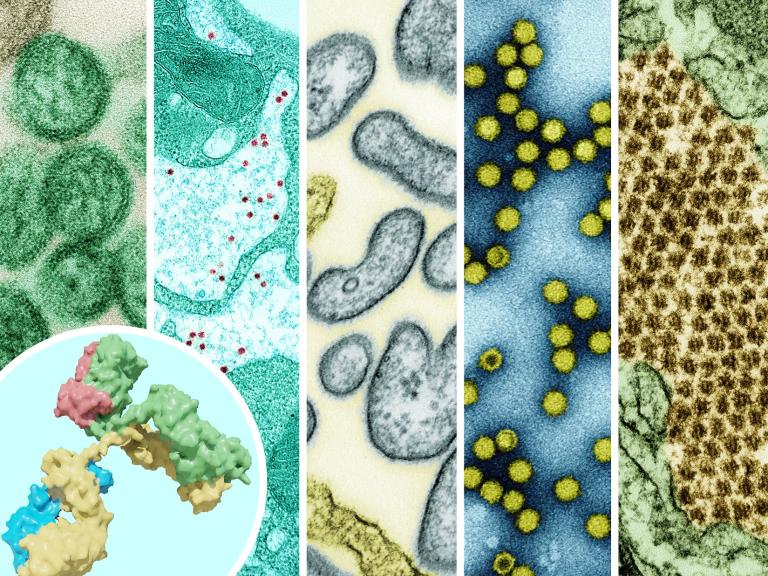Cholera is an acute, diarrheal illness caused by infection of the intestine with the bacterium Vibrio cholerae. An estimated 3-5 million cases and over 100,000 deaths occur each year around the world. The infection is often mild or without symptoms, but can sometimes be severe. Approximately one in 10 (5 to 10 percent) infected persons will have severe disease characterized by profuse watery diarrhea, vomiting, and leg cramps. In these people, rapid loss of body fluids leads to dehydration and shock. Without treatment, death can occur within hours.
Why Is the Study of Cholera a Priority for NIAID?
Because the bacteria that cause cholera, Vibrio cholerae, are spread through contaminated water, cholera is not a public health issue in countries where drinking water and sewage are separated and treated. It is unlikely that a large outbreak of cholera would occur in the United States or other developed countries, but cholera epidemics are a very big public health concern in Haiti, India, and other developing areas of the world.
How Is NIAID Addressing This Critical Topic?
NIAID-supported scientists conducting basic cholera research are studying the evolution and genetics of V. cholerae, and how the micro-organism interacts with environmental factors. Scientists are exploring several approaches to develop improved vaccines for cholera, and are devising new drugs based on small molecules and natural products to treat cholera and other related diarrheal diseases.
Related Public Health and Government Information
To learn about risk factors for Cholera and current prevention and treatment strategies visit the MedlinePlus cholera site.
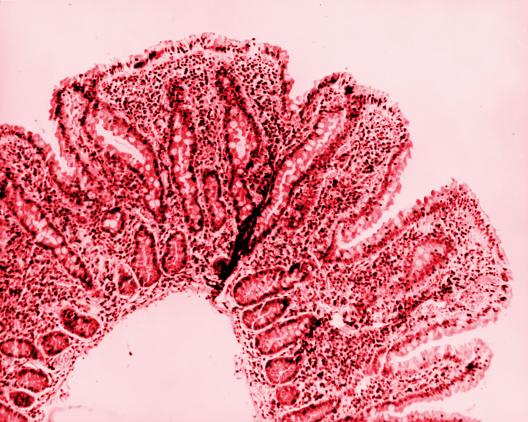

Vibrio cholerae


